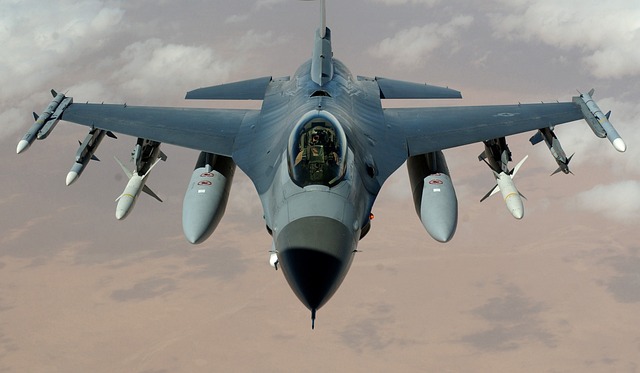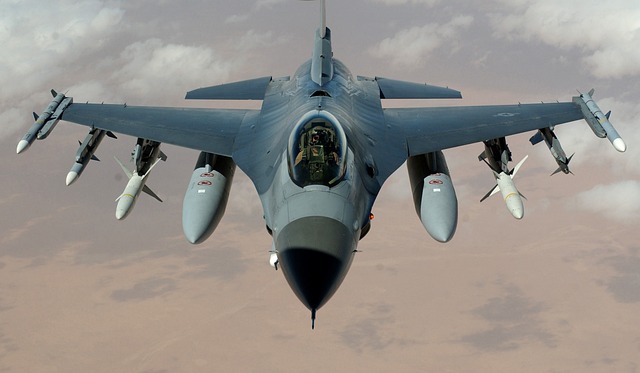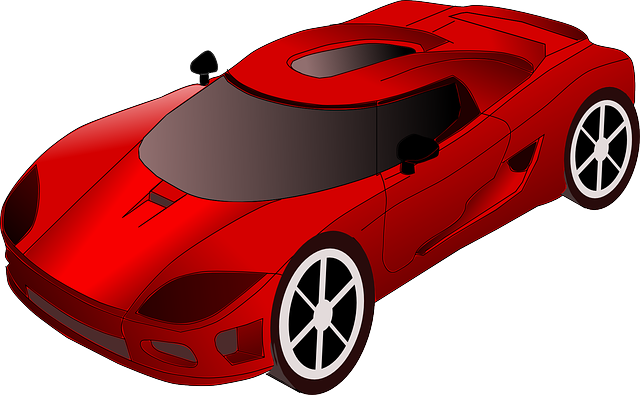Dubai leads a global automotive revolution with the adoption of jet-powered vehicles, transforming urban mobility. Once a science fiction concept, these jet cars are now a reality, attracting enthusiasts worldwide for their exceptional speed and fusion of aerospace technology. Dubai's ambitious plan to become a transportation hub integrates cutting-edge jet cars into its infrastructure, enhancing speed and luxury while meeting stringent safety regulations. This initiative challenges engineers to balance performance with safety, resulting in advanced designs and materials. The successful integration of jet cars promises to redefine travel times, congestion, and urban transportation globally, positioning Dubai as a leader in innovation.
“Dubai, a city renowned for its innovation, is trailblazing automotive excellence with the rise of jet-powered vehicles on its streets. This global trend is transforming urban mobility, as we explore Dubai’s vision and engineering marvels behind these high-speed machines. From regulatory challenges to infrastructure impacts, this article delves into the future prospects of jet car technology in Dubai, setting a pace for cities worldwide.”
- The Rise of Jet-Powered Vehicles: A Global Trend
- Dubai's Vision: Transforming Urban Mobility
- Engineering Marvels: Designing Jet Cars for the Roads
- Regulatory Challenges and Safety Measures
- The Impact on Traffic and Infrastructure
- Future Prospects: Expanding Horizons in Jet Car Technology
The Rise of Jet-Powered Vehicles: A Global Trend

In recent years, the global automotive landscape has witnessed a surge in innovation with the emergence of jet-powered vehicles. This exciting trend isn’t confined to any single region; however, cities like Dubai have become beacons of cutting-edge motoring. The concept of a jet car, once relegated to science fiction, is now taking shape on the streets, thanks to advancements in technology and a growing appetite for speed and luxury.
Dubai’s embrace of jet-powered vehicles is indicative of a global shift towards extraordinary automotive experiences. As manufacturers push boundaries, these innovative machines are no longer just prototypes; they’re becoming reality for enthusiasts worldwide. The appeal lies not only in their breathtaking speeds but also in the fusion of aerospace engineering with roadworthiness, marking a new era in transportation where the sky seems to be the limit.
Dubai's Vision: Transforming Urban Mobility

Dubai has set its sights on revolutionizing urban mobility with a bold vision: transforming the city into a hub for cutting-edge transportation. At the forefront of this initiative is the introduction of jet-powered vehicles, including jet cars, which promise to redefine speed and luxury in urban commuting. The emirate’s ambition extends beyond mere innovation; it aims to create a sustainable and efficient transport network that caters to its growing population.
By embracing jet technology, Dubai aspires to offer residents and visitors an unparalleled experience, ensuring the city remains at the forefront of global automotive excellence. This forward-thinking approach aligns with Dubai’s reputation for hosting world-class events and attracting tourists from around the globe, all while fostering a thriving, modern metropolis.
Engineering Marvels: Designing Jet Cars for the Roads

In Dubai, engineering marvels are taking shape as designers push the boundaries of what’s possible on roads. The birth of jet cars is a testament to this innovative spirit. These automotive masterpieces blend advanced aerodynamics with powerful propulsion systems, transforming the driving experience. Engineers face unique challenges when designing jet cars for public use in cities like Dubai, known for its bustling streets and high-speed traffic. They must ensure safety, maneuverability, and performance while incorporating cutting-edge technology to achieve speeds that rival aircraft.
The process involves intricate calculations for stability and control at extreme velocities. Every curve, line, and material selection is meticulously considered to optimize efficiency and reduce drag. Moreover, jet cars are equipped with advanced cooling systems to manage the intense heat generated during flight, ensuring a smooth ride even in Dubai’s scorching climate. This fusion of automotive and aviation technology promises an exhilarating future for commuters, offering not just speed but also a unique blend of style and innovation that defines modern Dubai.
Regulatory Challenges and Safety Measures

Navigating the implementation of jet-powered vehicles on Dubai’s streets presents a unique set of challenges, primarily regulatory and safety-related. As one might imagine, integrating such advanced technology requires stringent guidelines to ensure public safety and environmental protection. The United Arab Emirates, known for its forward-thinking approach, has already started addressing these issues by establishing robust regulations specific to high-performance vehicles, including jet cars.
These regulations cover various aspects, from noise pollution control to air quality management, ensuring that the introduction of jet cars aligns with Dubai’s commitment to sustainable development. Safety measures are paramount, encompassing vehicle testing protocols, driver licensing requirements, and infrastructure adaptations to accommodate these cutting-edge modes of transport.
The Impact on Traffic and Infrastructure

The introduction of jet-powered vehicles in Dubai’s bustling streets marks a significant departure from conventional automotive norms, capturing global attention as a trailblazing innovation. These high-speed jet cars, capable of reaching extraordinary velocities, have the potential to revolutionize urban mobility. As they zip through the city, they significantly impact traffic patterns, offering both challenges and opportunities for infrastructure development. The influx of such advanced vehicles necessitates an upgrade in road designs to accommodate their unique dynamics, ensuring safety and efficiency.
Dubai’s infrastructure must adapt to manage this new form of transportation. This includes enhancing road surfaces to withstand the intense heat generated by jet engines and implementing specialized traffic control systems to maintain order during high-speed travel. The city’s network of roads and bridges may require reinforcement to support the weight of these powerful machines, ensuring they can navigate Dubai’s scenic yet demanding terrain without compromising safety or structural integrity.
Future Prospects: Expanding Horizons in Jet Car Technology

As Dubai continues to push boundaries, the future prospects of jet car technology look increasingly promising. With its successful integration onto city streets, jet-powered vehicles are no longer a futuristic concept but an exciting reality. The potential for expansion lies in refining engine designs and improving safety standards, making these high-speed machines more accessible and efficient. Imagine a network of jet cars seamlessly navigating Dubai’s bustling metropolis, offering faster travel times and reducing traffic congestion.
Research and development efforts can focus on lighter materials to enhance speed and maneuverability while ensuring passenger comfort and security. Additionally, the integration of advanced AI systems could optimize flight paths and improve overall performance. With continued innovation, jet car technology in Dubai has the potential to revolutionize transportation, attracting global attention and setting new standards for urban mobility.
Dubai’s commitment to automotive innovation with jet-powered vehicles is a bold step towards redefining urban mobility. As this global trend gains momentum, the city serves as a prime example of how cutting-edge technology can revolutionize traffic and infrastructure. The successful integration of jet cars on Dubai’s streets highlights the potential for future developments in jet car technology, promising an exciting journey ahead for both automotive enthusiasts and urban planners alike. Jet car Dubai is more than just a futuristic concept; it’s a reality that could reshape our daily commutes.
